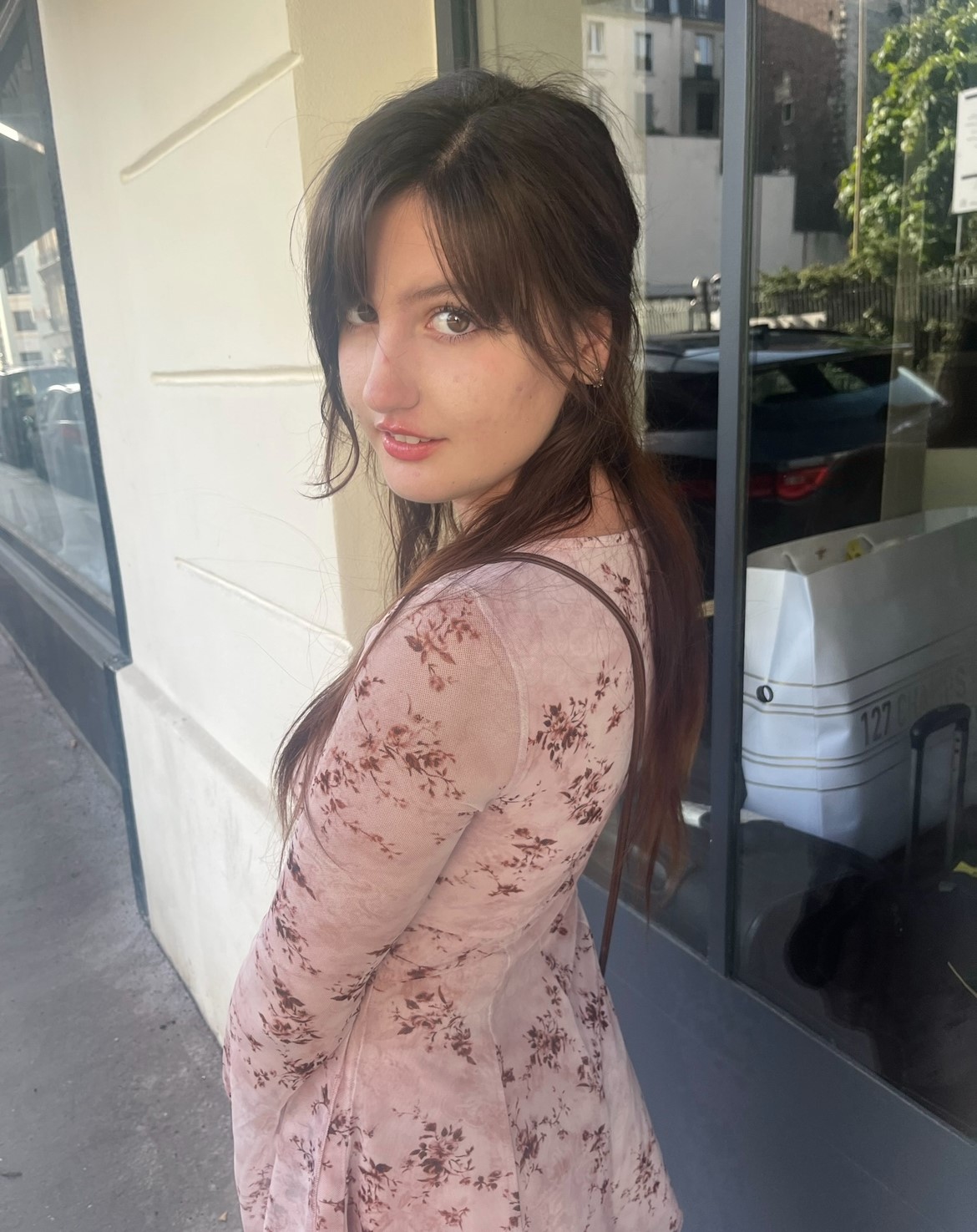Campus Critter Spotlight: Herring Gull
by Jordyn E Pimental
-(1).JPG)
Plumage Distinctions
The most recognizable form a herring gull takes is as a breeding adult, with its gray wings, white underbelly, and black tail feathers. The slightly hooked yellow bills of these breeding adults also possess a signature red mark. However, this appearance is not the only one known to these birds. Cornell Lab of Ornithology informs how they actually gray over time like humans with second or third summer gulls appearing more ashen with their light gray heads and darker gray bodies.
-(2).JPG)
Behavior
Inhabiting anywhere that promises food; from seascapes to parking lots to garbage dumps, these gulls can be quite territorial as their next meal is their number one priority. Clever scavengers, the herring gulls we are used to on the east coast reside here year-round, never migrating. According to Cornell, they can be found nearly anywhere in the US from here to Alaska(with the exception of Hawaii).
.JPG)
Fun Facts
A fact that surprised me about these resourceful gulls is how, although they prefer fresh water, they can drink salt water if they must, using special glands that expel the salt. These gulls are one of about two dozen that exist in North America, so next time you find yourself referring to one of these birds as simply a “seagull” you know you are incorrect. The oldest herring gull ever recorded was nearly thirty and, identified by it’s band, resided by the Great Lakes.
| Thank you for reading! Tune in next week to continue reading about more of the top ten bird species that, according to Merlin Bird ID, currently reside in and around 4C’s, as well as other animals. To suggest a species you’ve spotted around campus to be reported on in the future feel free to email [email protected] |
 The author Jordyn E Pimental. (Sydney Pimental)
The author Jordyn E Pimental. (Sydney Pimental)
Categories: Featured, Around Campus